The art program "Fatherland in the Heart" organized by Nhan Dan Newspaper attracted more than 50,000 spectators at My Dinh National Stadium. (Photo: THE DAI)
General Secretary To Lam signed and issued four important Resolutions: Resolution No. 57-NQ/TW on breakthroughs in science and technology development, innovation and national digital transformation; Resolution No. 59-NQ/TW on international integration in the new situation; Resolution No. 66-NQ/TW on innovation in law-making and enforcement to meet the requirements of national development in the new era and Resolution No. 68-NQ/TW on private economic development. These are considered the fundamental institutional pillars, creating a strong driving force to move our country forward in the new era. In the cultural field, the "Quad Resolutions" truly create a new impetus, contributing to the breakthrough development of Vietnamese culture.
In the 4.0 era, technology helps preserve, spread and exploit cultural values more effectively, but also poses the risk of falling behind and increasing copyright infringement... if technology and digital transformation are not effectively applied. Resolution No. 57-NQ/TW on breakthroughs in science , technology, innovation and national digital transformation (Resolution No. 57) has opened up great opportunities for comprehensive cultural development.
New look for cultural activities
Our Party identifies culture as the spiritual foundation of society, both the goal and the driving force for socio-economic development. In the 4.0 era, the application of technology in cultural development is increasingly receiving attention. The strategy for Vietnam's cultural development to 2030 approved by the Prime Minister in November 2021 requires cultural development to "adapt to the development trend of the Fourth Industrial Revolution, new and modern technologies and socio-economic changes...".
However, it was not until the Politburo issued Resolution No. 57 that the awareness and actions of entities operating in the cultural field really had turning points due to the breakthrough in viewpoints and solutions. Resolution No. 57 considers people and businesses as the center and subjects; scientists as the key factor, and the State plays a role in creating and paving the way for the development of science, technology, and digital transformation.
Regarding solutions, for the first time, the Resolution accepts risks and accepts risky investments. Resolution No. 57 comprehensively addresses everything from the awareness of cadres, party members and people, to infrastructure investment, promoting public-private cooperation; focusing on human resource development, especially high-quality human resources... creating leverage, contributing to the formation of a comprehensive "technology ecosystem" to promote cultural development.
Responding to the practical needs of life, immediately after its promulgation, Resolution No. 57 created a new impetus in cultural development. In early 2025, cultural activities showed clear changes in the application of technology to preserve and promote traditional values, and elevate heritage. Many traditional festivals became closer and more attractive to people such as: Dong Da Mound Festival (Hanoi), Tran Temple Festival (Hung Yen province)...
Digital transformation is also widely deployed in building a cultural lifestyle, such as the movement for the whole people to unite to build a cultural life through social networks, bringing messages of building a cultural life to the community in the fastest and most convenient way. Technology also creates favorable conditions for cultural exports, including both specific products and intangible cultural values, thereby helping to raise the status of Vietnamese culture in the international community. Typically, the MV Bac Bling by singer Hoa Minzy released on cyberspace has become a global phenomenon.
Notably, on the occasion of the 80th anniversary of National Day September 2, across the country, cultural, artistic and exhibition activities... took place vibrantly, many events attracted a large audience, from tens of thousands to millions of people interested and following such as political art programs, National Achievement Exhibition... The explosion of technology in general, digital applications in particular, marked a strong mark in the success of these programs.
Untie the knots, create leverage for cultural development
Deputy Minister of Culture, Sports and Tourism Phan Tam commented: In the context of digital transformation that has been taking place like a storm, the cultural sector cannot stand aside. However, unlike digital transformation in economic and technical fields, digital transformation in culture has its own unique characteristics, because culture is closely linked to intangible factors, historical depth, national identity and community memory.
Agreeing with this view, Professor, Dr. Tu Thi Loan, former Acting Director of the National Institute of Culture and Arts, said that digital transformation of the cultural sector is not only about digitizing documents and artifacts, but also about transforming thinking, operating methods, approaches and organizational-management models thanks to the application of digital technology, big data, artificial intelligence, internet of things, cloud computing...
The Political Art Program "Independence Star 2025" uses Hologram, laser, 3D LED technology... (Photo: BAO LONG)
The goal of cultural digital transformation is not only to achieve economic efficiency or automation, but also to preserve and promote the value of identity, historical depth, culture, and tradition through creative forms of expression. Therefore, digital transformation in culture is to transform the mindset of preserving, receiving, organizing, and developing new forms of communication and expression while still ensuring identity and traditional values when moving to the digital environment.
On the other hand, digital transformation in the cultural sector is also the use of data and digital technology to transform the operating model of agencies and organizations in the cultural sector in a modern and creative direction to achieve breakthrough efficiency and create new values.
From the guiding perspective of Resolution No. 57, science, technology, and digital transformation are the main driving forces to rapidly develop modern productive forces, perfect production relations, innovate national governance methods, develop the socio-economy, and bring the country to breakthrough development and prosperity in the new era, and the cultural industry is one of the most affected subjects. Proactive adaptation will be a great opportunity, the key to promoting the development of the cultural industry. There, along with the State's leadership and management role, it is necessary to mobilize the participation of all resources in society.
From the practical activities of her unit, Ms. Nguyen Lien Huong, Deputy Director of the Center for Cultural and Scientific Activities of the Temple of Literature, shared her experience: “It is necessary to mobilize the participation of businesses, social organizations, communities, individuals and domestic and foreign experts - in terms of finance, technology, knowledge and experience.
In particular, to encourage the participation of young people, it is necessary to create an environment that attracts young people - those who understand and love heritage, are proficient in technology, and have the ability to be creative - to contribute to the preservation and promotion of the value of relics in new and more creative ways. Thus, implementing Resolution No. 57 requires building high-quality human resources with in-depth expertise in creative technology, digital culture management, digital economy and digital content management.
Along with that, Resolution No. 57 needs to continue to specify the contents on encouraging investment subjects in science, technology, digital transformation; encouraging startups in science, technology, digital transformation, etc. through transparent and effective support policies.
The application of science, technology and digital transformation in culture requires synchronous participation with comprehensive transformation in the awareness and actions of organizations and individuals. In Resolution No. 71/NQ-CP dated April 1, 2025 of the Government on amending, supplementing and updating the Government's Action Program to implement Resolution No. 57 of the Politburo, the Government assigned the Ministry of Culture, Sports and Tourism to develop and implement the Digital Transformation Project in the cultural field to be submitted to the Prime Minister for approval in December 2025.
Public opinion expects the Project to concretize Resolution No. 57 into specific policies, gradually creating a modern and humane Vietnamese digital culture, linking tradition with the future, creating leverage for cultural development.
(To be continued)
According to Nhan Dan Newspaper
Source: https://baocantho.com.vn/bai-1-kien-tao-nen-van-hoa-so-quoc-gia-a191486.html


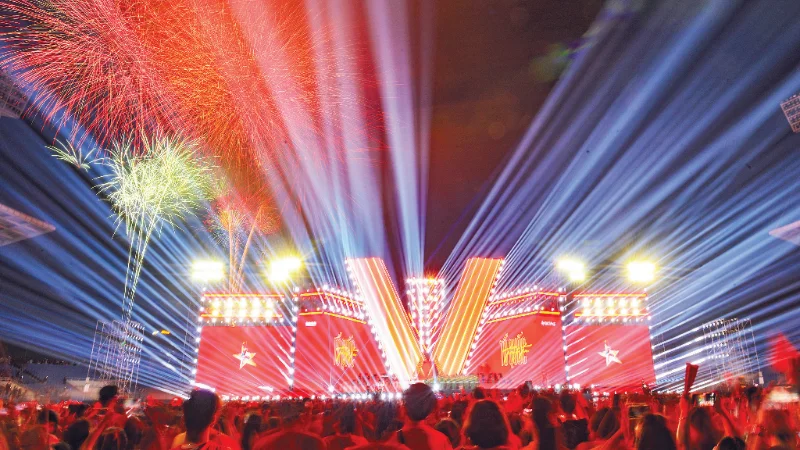
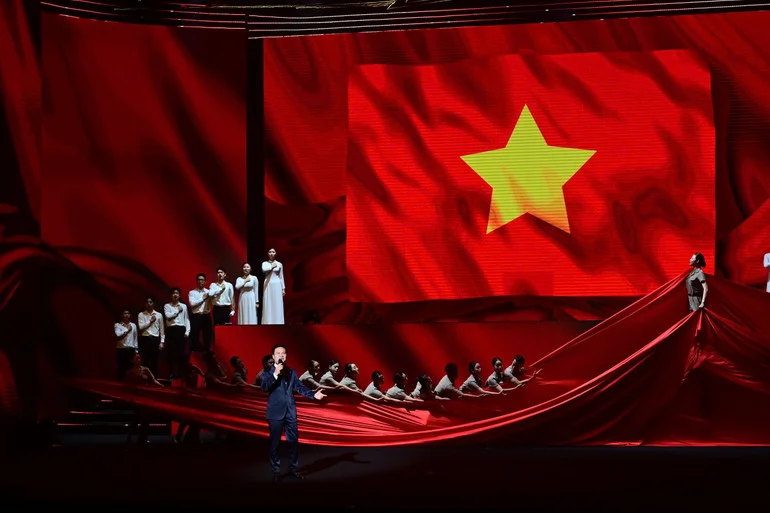

![[Photo] Binh Trieu 1 Bridge has been completed, raised by 1.1m, and will open to traffic at the end of November.](https://vphoto.vietnam.vn/thumb/1200x675/vietnam/resource/IMAGE/2025/10/2/a6549e2a3b5848a1ba76a1ded6141fae)




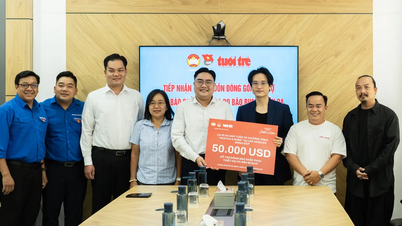

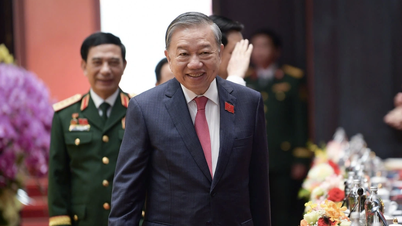





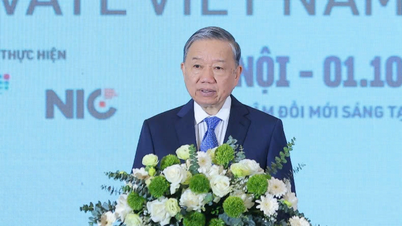



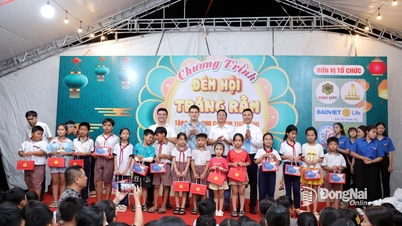

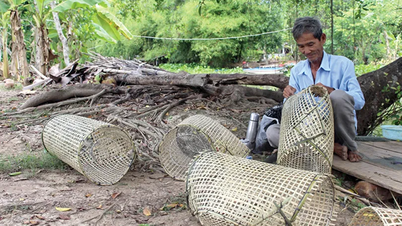
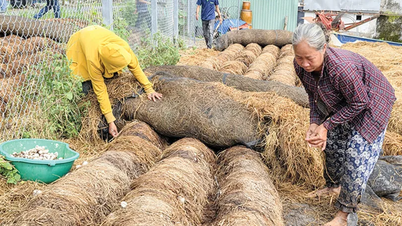
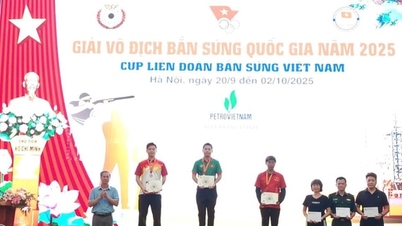

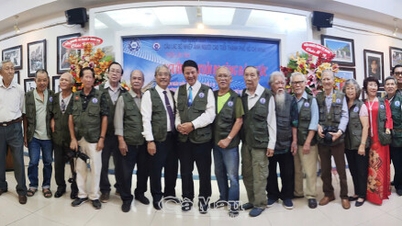








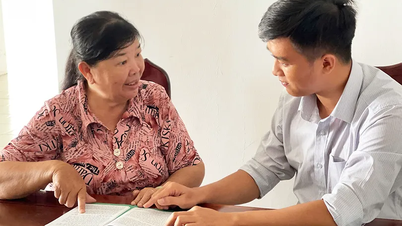
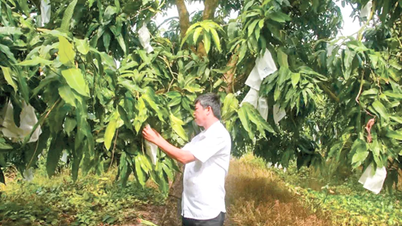

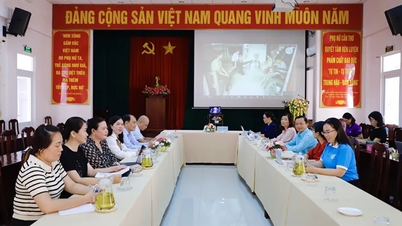



































































Comment (0)